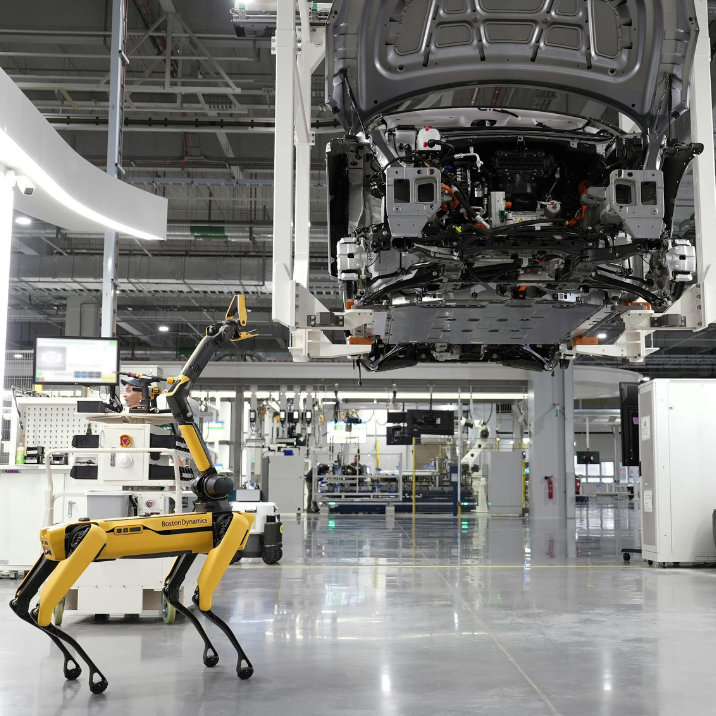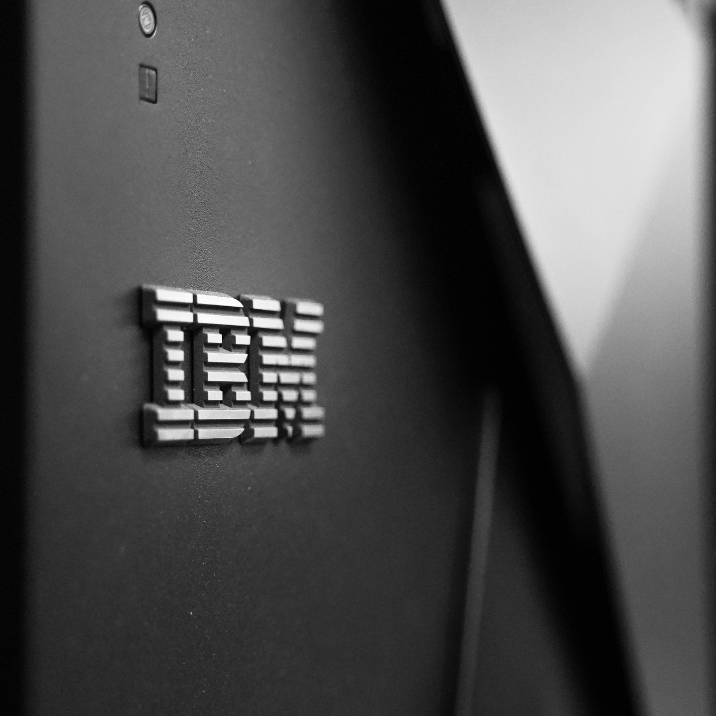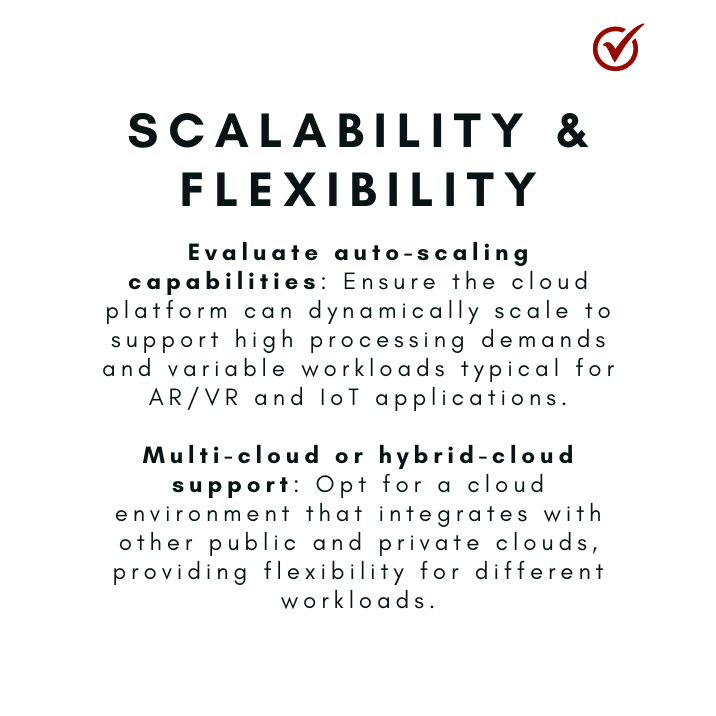Cloud Nine: Elevate Your Tech Game with AR, VR, and IoT!
HOW EMERGING TECH IS REVOLUTIONIZING BUSINESS WORKFLOWS
The recent release of Meta’s cutting-edge VR headset marks another leap forward in how businesses can harness the power of emerging technologies. Virtual Reality (VR), Augmented Reality (AR), Extended Reality (XR), and the Internet of Things (IoT), among others, are transforming industries by enhancing immersive experiences, streamlining operations, and boosting productivity.
But what exactly are these technologies, and why are they so revolutionary? VR creates fully immersive digital environments, while AR overlays digital elements onto the real world. XR combines both VR and AR into a seamless experience, and IoT connects everyday devices to the internet, enabling real-time data sharing.
As companies integrate these technologies into their workflows, the benefits are substantial: improved training, enhanced customer engagement, and smarter decision-making, to name a few. However, the success of these implementations hinges on having a robust IT infrastructure to support them. This is where Sky-E Red comes in, offering the expertise and infrastructure management needed to ensure smooth integration and maximum return on investment.
Now let’s take a more detailed look at some of these emerging technologies and their benefits for enterprises.

Virtual Reality (VR)
Virtual Reality (VR) creates a fully immersive digital environment, typically experienced through headsets, where users can interact with a 3D space. It simulates real or imagined worlds, allowing users to engage with this environment as though it were physical. VR is revolutionizing industries by enhancing employee training, offering realistic simulations for skill development, and improving product design by allowing teams to visualize concepts in 3D. VR also boosts remote collaboration, helping distributed teams interact in virtual spaces.

Augmented Reality (AR)
Augmented Reality (AR) overlays digital content onto the physical world in real-time, typically through smartphones or smart glasses. Unlike VR, AR enhances the real world with digital elements rather than replacing it entirely. AR is particularly beneficial in industries such as manufacturing, retail, and healthcare, where it enhances real-world processes by providing workers with real-time data, instructions, or visual aids. It improves efficiency, reduces errors, and enhances customer engagement, particularly in retail through interactive shopping experiences.

Extended Reality (XR)
Extended Reality (XR) is an umbrella term that encompasses both VR and AR, as well as other immersive technologies. XR focuses on combining digital and physical realities into one continuous experience, adapting to the user’s needs and environment. XR enables seamless transitions between fully immersive environments and augmented real-world experiences. It can improve customer service through virtual showrooms and product demonstrations, enhance remote collaboration, and streamline training with immersive and interactive simulations.

Internet of Things (IoT)
The Internet of Things (IoT) refers to a network of physical devices, vehicles, appliances, and other objects embedded with sensors and software that enable them to connect, collect, and exchange data over the internet. IoT enhances operational efficiency by enabling real-time data tracking and automation in areas such as inventory management, predictive maintenance, and energy consumption. It allows businesses to gain actionable insights from connected devices, optimize resource usage, and improve overall decision-making.

Digital Twins
A Digital Twin is a virtual representation of a physical object or system that mirrors its real-time operation through data integration. It allows businesses to simulate, monitor, and optimize real-world processes by using this digital replica. Digital Twins are especially useful in industries such as manufacturing, construction, and healthcare. They improve product lifecycle management, optimize performance, and enable predictive maintenance by providing a dynamic, real-time view of systems and equipment. This leads to cost savings, reduced downtime, and better resource management.

Artificial Intelligence (AI)
Artificial Intelligence (AI) is the simulation of human intelligence in machines that are programmed to think, learn, and adapt. AI includes technologies like machine learning, natural language processing, computer vision, and neural networks. It enables systems to perform tasks such as decision-making, speech recognition, visual perception, and language translation without human intervention. AI enhances business operations by automating repetitive tasks, providing data-driven insights, and enabling predictive analytics. It improves customer service with AI-driven chatbots, personalizes marketing strategies, and optimizes supply chain management. In sectors like healthcare, finance, and manufacturing, AI drives innovation by reducing costs, increasing efficiency, and enabling faster decision-making processes.
THE ESSENTIAL ROLE OF IT INFRASTRUCTURE
When companies consider implementing advanced technologies like the ones mentioned above, their IT infrastructure plays a critical role in ensuring seamless integration, scalability, and performance. Modern technologies such as AI and IoT often require large-scale data processing. Enterprises need flexible infrastructure solutions, like cloud computing and hybrid cloud models, to handle the increased load on their systems. Companies will need to assess whether their current infrastructure can scale to meet the growing demands of real-time data processing and the influx of data from IoT sensors, VR devices, or AI models.
Additionally, technologies such as AR, XR, and VR are bandwidth-intensive, requiring low latency and high-speed networks. For these technologies to work efficiently, the IT infrastructure must ensure fast data transmission speeds with minimal delays. Upgrading to 5G networks, improving Wi-Fi capabilities, or implementing edge computing solutions can help ensure that companies can use these technologies without performance issues.
Digital twins and IoT produce massive amounts of data that need to be stored, analyzed, and managed. IT infrastructure must be equipped to handle these large volumes of data, which can often require implementing big data solutions, data lakes, and AI-driven analytics platforms. Companies need to invest in robust data centers or rely on scalable cloud storage solutions that support high availability, security, and disaster recovery.
Also, when deploying AI solutions, the underlying IT infrastructure must support high-performance computing (HPC), particularly for tasks involving machine learning and neural networks. This might involve upgrading hardware to GPUs and TPUs or ensuring compatibility with AI platforms like TensorFlow or PyTorch. Plus, AI’s reliance on big data analytics requires a backend that can handle complex algorithms, continuous data streams, and real-time computation.
Overall, it becomes apparent that a company’s IT infrastructure is the backbone that determines whether new technologies can be implemented effectively. Without the necessary upgrades to data management, network capacity, and security, companies risk bottlenecks and inefficiencies. Therefore, IT infrastructure should evolve in tandem with the adoption of emerging technologies, ensuring that businesses can capitalize on the benefits these innovations bring without sacrificing performance or security.
ADDRESSING THE CHALLENGE
As enterprises face the challenge of updating their IT infrastructure, they must adopt a multifaceted approach to address various constraints, including limited budgets and lack of in-house expertise. A comprehensive strategy can involve several solutions to tackle these challenges effectively.
Outsourcing IT Management: One of the most effective strategies is outsourcing IT management to specialized service providers. This approach not only provides access to the latest technologies and expertise without the burden of hiring full-time staff but also allows enterprises to focus on their core business functions. By partnering with external experts, companies can ensure their IT infrastructure is optimized for efficiency and security.
Leveraging Cloud Solutions: Transitioning to cloud-based services can significantly reduce the costs associated with maintaining on-premises hardware and software. Cloud solutions offer scalability, allowing companies to pay only for what they use while benefiting from enhanced flexibility and remote accessibility.
Adopting Automation Tools: Implementing automation tools can streamline various IT processes, such as system updates and data management. This not only reduces the need for extensive manual intervention but also minimizes the risk of human error, resulting in a more reliable IT environment.
Investing in Employee Training: While outsourcing is a practical solution, investing in the training and upskilling of existing staff can also be beneficial. By equipping employees with the latest IT knowledge and skills, companies can foster a culture of continuous improvement and innovation.
Forming Strategic Partnerships: Collaborating with technology vendors or industry-specific consultants can help enterprises gain insights into best practices and emerging technologies. These partnerships can provide guidance and support in navigating the complexities of IT infrastructure updates.
While outsourcing IT management stands out as a prominent solution, companies can also consider a combination of strategies to effectively address the challenges associated with updating their IT infrastructure. This multifaceted approach not only enhances operational efficiency but also positions businesses for long-term growth and resilience in an ever-evolving technological landscape.
REAL-WORLD EXAMPLES
You might think that only small and medium-sized businesses leverage outsourcing to enhance their operations, but this strategy is equally advantageous for larger corporations. Major companies like IBM, H&M, and Cisco have successfully embraced IT outsourcing to streamline their processes, reduce costs, and focus on their core competencies. By entrusting specific IT functions to external experts, these organizations can enhance their efficiency and innovation. Outsourcing isn’t just a strategy for smaller players—it’s a vital tool for businesses of all sizes looking to stay competitive in an ever-evolving market.

IBM
IBM has leveraged outsourcing to streamline its operations, particularly in its Global Technology Services division. By outsourcing certain IT services, IBM has been able to focus on its core business functions while improving service delivery and operational efficiency. This approach allows them to access specialized expertise and reduce costs, demonstrating a successful IT outsourcing strategy. More details can be found here.

Bechtle AG
One of the largest IT service providers in Germany, Bechtle has been known to outsource certain IT functions to streamline operations and reduce costs. They offer managed services that allow SMEs to leverage advanced technologies without the need for extensive in-house expertise. Bechtle has successfully integrated outsourced IT functions to enhance its managed services offerings. This not only improved service quality but also allowed them to provide tailored solutions to SMEs, resulting in increased client retention and satisfaction. The partnership with IT specialists has enabled Bechtle to remain agile and innovative.

H&M
Although primarily known for its retail operations, H&M has also successfully outsourced aspects of its IT infrastructure. This outsourcing allows the company to maintain flexibility and focus on its core competencies, such as design and marketing, while relying on external partners for IT needs.

Carglass®
Carglass has outsourced its IT infrastructure management to enhance its service delivery and focus on customer experience. This move helped them optimize their operations while relying on IT specialists for infrastructure support. By outsourcing its IT infrastructure management, Carglass has been able to optimize its operational efficiencies. This has led to a significant enhancement in customer experience, allowing the company to respond more effectively to service requests and streamline its appointment and service processes.

Cisco
Cisco has embraced outsourcing for its IT services to reduce operational costs and enhance its service offerings. By leveraging external expertise, Cisco can focus on its innovative products and solutions, ensuring it stays competitive in the tech market.

freenet
This telecommunications company outsourced its IT services to improve operational efficiency. By partnering with specialized IT service providers, Freenet could focus on its core business while ensuring robust IT support. Freenet Group has outsourced IT services to optimize its operations, which has resulted in reduced operational costs and improved service delivery. By focusing on its telecommunications services, the company has been able to enhance its market presence and customer engagement through better technological support.
These examples illustrate how outsourcing has not only improved operational efficiencies but also contributed to better customer experiences and innovation across various sectors in Germany and beyond.
COMPREHENSIVE BENEFITS OF UPDATING YOUR CLOUD INFRASTRUCTURE
Upgrading your cloud infrastructure brings a multitude of benefits—from optimizing performance and handling massive data loads to enhancing security and ensuring regulatory compliance. By embracing cloud solutions, companies can achieve scalability, boost data management capabilities, and improve user experiences across multiple devices, ultimately driving innovation and efficiency. Let’s take a look at a couple of stats that highlight the importance of modern cloud infrastructure in ensuring businesses can meet the demands of new technologies.
Performance Optimization: The flexibility and scalability of modern cloud solutions have been highlighted as essential for handling the growing demands of AR/VR, IoT, and digital twins. According to a report by Gartner, over 75% of midsize and large organizations will adopt a multi-cloud or hybrid cloud strategy by 2024 to enhance performance and agility (Amazon Web Services, Inc.).
Real-Time Data and Analytics: IDC forecasts that by 2025, connected IoT devices will generate 79.4 zettabytes of data. Effective cloud infrastructure allows companies to manage and analyze this vast amount of data in real time, optimizing decision-making processes (McKinsey & Company).
Security and Compliance: Cloud platforms are designed with high-level security protocols. According to a study by Flexera, 85% of enterprises report security as a top priority in cloud adoption, and 94% are taking deliberate steps to strengthen their cloud security (Amazon Web Services, Inc.)(McKinsey & Company).
SKY-E RED CHECKLIST
Curious about where your company stands on its cloud journey or not sure where to start? Our checklist below can help you identify key areas that may need attention. Or, feel free to reach out to us—our team is ready to guide you in planning your cloud strategy tailored to your specific needs and future goals. Let’s map out the path to cloud success together!










FOOD FOR THOUGHT
Upgrading your cloud infrastructure brings a wealth of advantages for businesses looking to expand their capabilities in AR, VR, XR, IoT, digital twins, and RPA. These updates not only boost system performance and streamline data management but also enhance security, interoperability, and the overall user experience. By tapping into these benefits, businesses can establish an integrated and forward-thinking technology ecosystem that drives efficiency, sharpens decision-making, and accelerates growth.
Choosing the optimal cloud architecture requires consideration of various factors, such as business objectives, current infrastructure, security requirements, and financial resources.
For many organizations, a hybrid cloud model—which combines on-premises systems with public and/or private cloud services—is often the best choice. This model offers a balance between control over critical data and applications while leveraging the scalability and advanced features of cloud technologies.
Larger companies expecting considerable growth and operational complexity may benefit more from a multicloud strategy. This approach allows businesses to select the best services from various cloud providers, ensuring flexibility, avoiding vendor lock-in, and optimizing both cost and performance across all technological initiatives.
Ultimately, the best approach depends on a thorough evaluation of the company’s specific needs and goals. In addition to upgrading cloud infrastructure, businesses must ensure the solution aligns with their particular requirements, enabling them to handle the unique demands of AR/VR, IoT, and other advanced applications seamlessly.
The recent release of Meta’s next-generation VR headset (Meta Quest 3S) further highlights the growing importance of cloud infrastructure upgrades. With its more powerful processing, advanced visuals, and enhanced immersive experience, the new Meta headset will push the limits of existing infrastructure. Companies adopting these devices for training, simulation, or customer engagement must ensure their cloud environments are optimized to handle the increased data and processing requirements. Proper planning and updates will ensure that companies can fully capitalize on the opportunities these technologies present.
Having a cloud environment capable of managing extensive data and ensuring smooth interoperability between systems is essential to maximizing operational efficiency. Furthermore, leveraging customized analytics tools to provide actionable insights and future-proofing the tech investment will ensure adaptability to emerging innovations.
Ready to explore how cloud upgrades can transform your business? Let’s take this step toward greater efficiency together!
